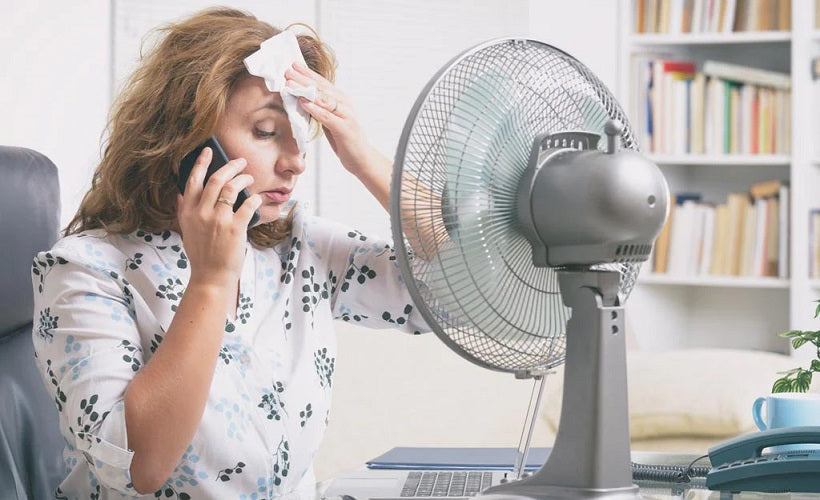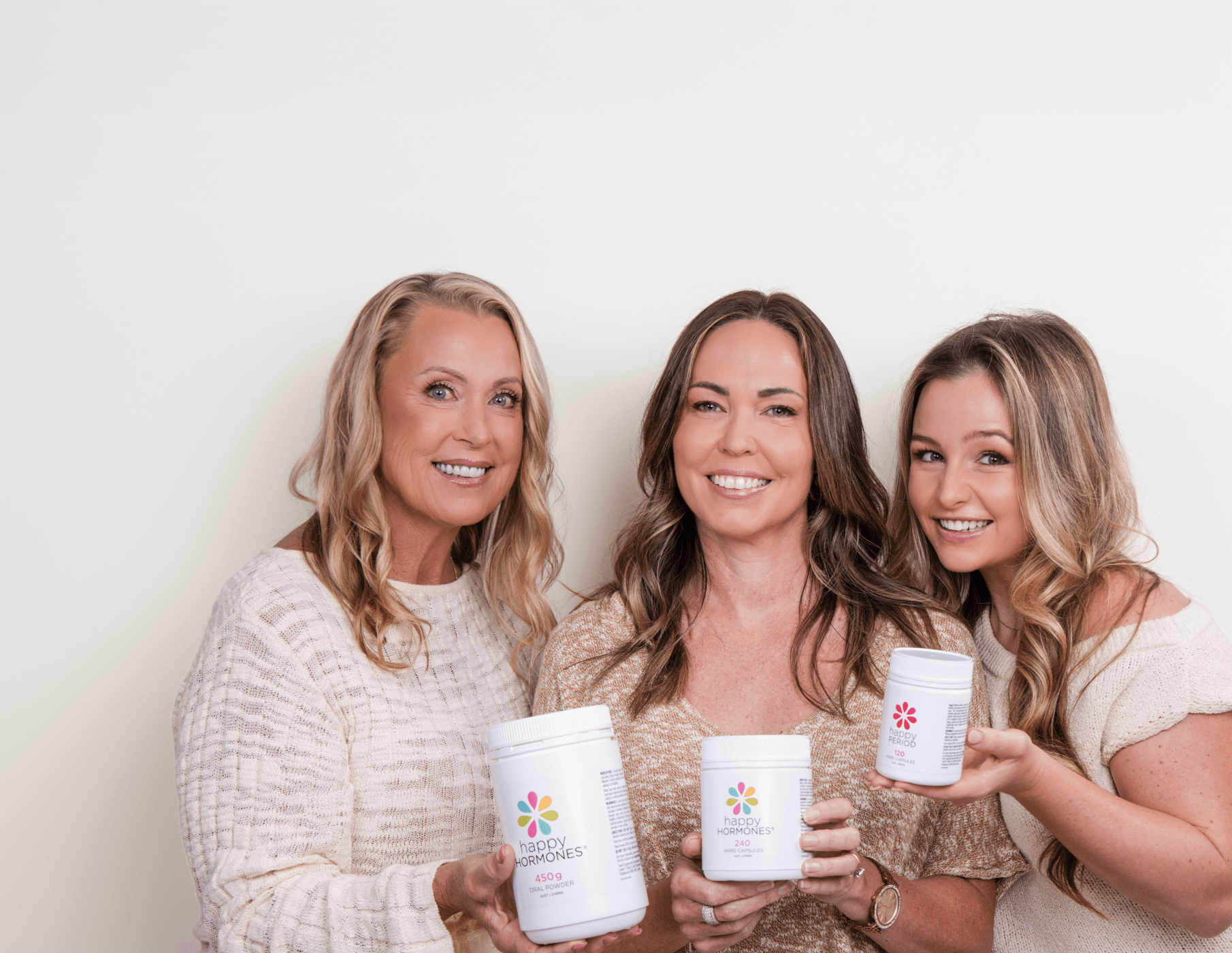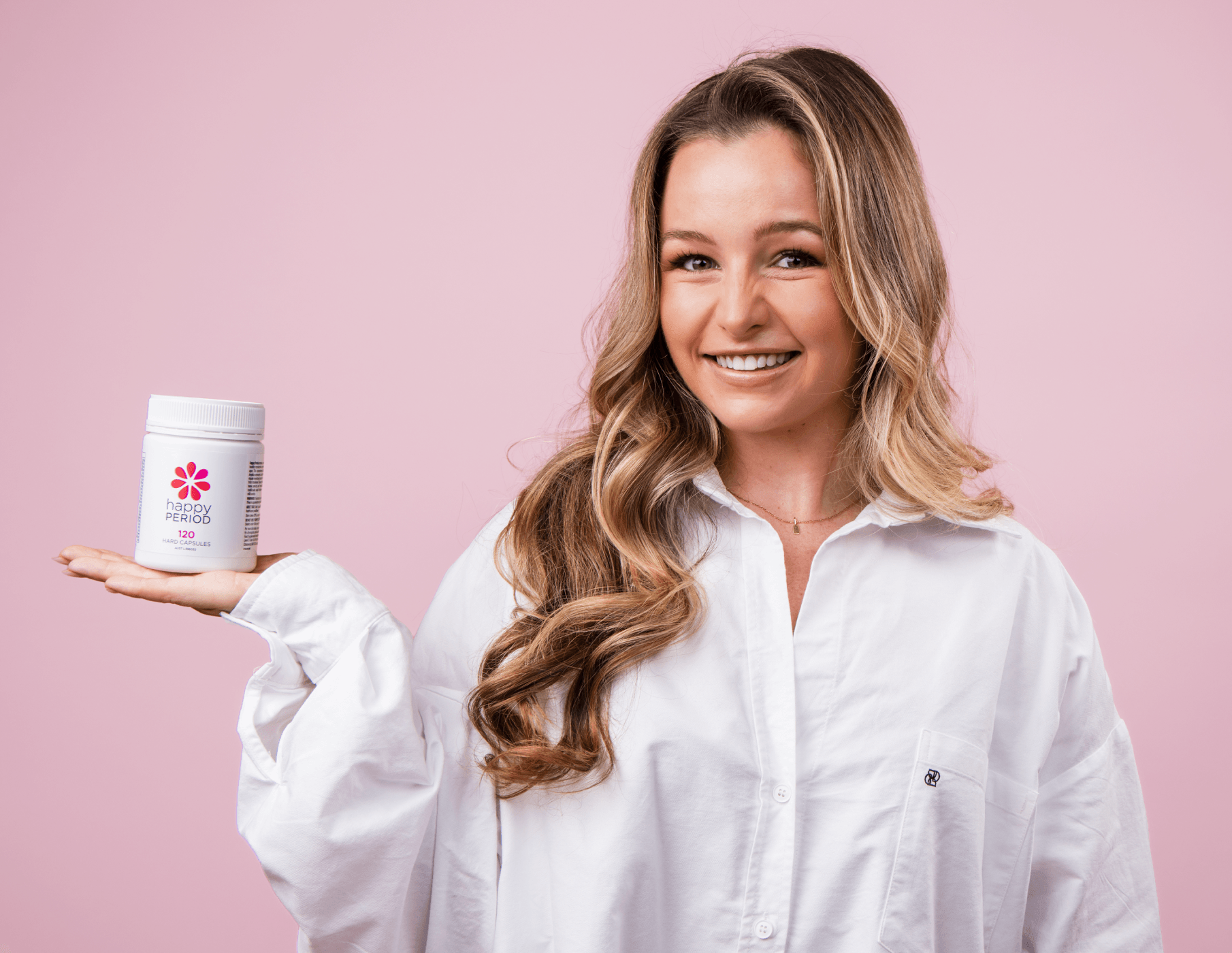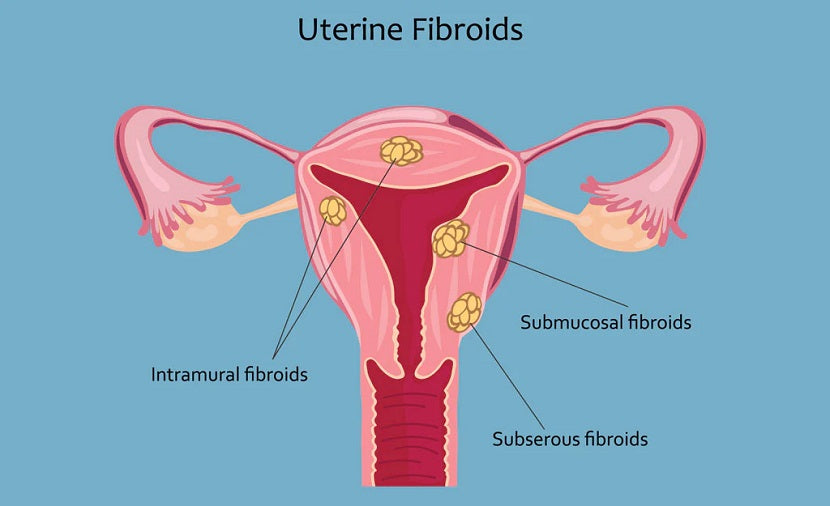How To Manage Hot Flushes During Menopause
By Sally James

What causes hot flushes?
Hot flushes are caused by the dilation of peripheral blood vessels which raises skin temperature by several degrees. Some women prefer to use the term “power surges”, which are sudden episodes of warmth that begin on the chest, neck or face and spread throughout the body. The skin becomes red and warm, which can last for a couple of minutes. It is usually accompanied by profuse sweating which can be debilitating for some women, often leading to symptoms of fatigue.
Other common symptoms associated with these fluctuations in body temperature are increased heart rate, palpitations, breathlessness, headaches, dizziness, insomnia, weakness, itchy skin, and numbness of the hands and arms.
As hot flushes subside, cold chills can often follow. This is because perspiration evaporates and cools the body. The intensity and frequency of hot flushes vary greatly – some women may only experience one while others are troubled by numerous episodes throughout the day.
Almost 80% of women experience hot flushes prior to and during menopause.
The hypothalamus is the endocrine gland responsible for regulating body temperature and the hormonal changes which occur during menopause (drop in oestrogen). Hot flushes are the first noticeable symptom of the onset of peri-menopause and will occur when women are still having their monthly periods. Hot flushes will generally last for 1-2 years as women transition through the cessation of menstruation and tend to subside when the body adapts to the lower amounts of oestrogen. However, some women may experience hot flushes for almost a decade following menopause and this is usually an indication of adrenal insufficiencies.
Helpful tips for dealing with hot flushes
- Be aware of the factors that contribute to your hot flushes. Many women find that they have an increase in heat-based symptoms when they are stressed or nervous, when they eat spicy foods, drink alcohol or caffeine beverages, when they are dehydrated, or when they just had a course of antibiotics. Avoid hot meals as these can also exacerbate symptoms.
- Adrenal health is key. The adrenal glands are required to take over the production of hormones. Your body should produce 30% of its premenopause hormone levels and the adrenals are your source. Enhance adrenal gland function by supplementing with Vitamin B5, Vitamin B6 and Vitamin C. Vitamin E, Vitamin B3, Vitamin B6 and Evening Primrose Oil also help to reduce hot flushes by supporting oestrogen metabolism.
- Drink lots of liquids to keep yourself properly hydrated at all times.
- Avoid overheating by dressing in layers that make it easy to add or remove clothing as needed. Natural fibres such as cotton, silk and linen help to maintain comfortable body temperature by allowing perspiration to cool quickly.
- Natural fibre bedding will also keep you comfortable during the night. Opt for pure cotton or linen sheets instead of heavy blankets. Sleep with layers so that you can remove them as needed throughout the night.
- Bring a small paper or bamboo fan wherever you go - they come in handy when experiencing a hot flush.
- Carry a cooling facial mist in your handbag. You can purchase one from your local health food store (Australian Bush Flower Essences are a great choice). Or you can make your own by combining ¼ cup aloe vera juice, ¼ cup rosewater, ¼ cup witch hazel, and 20 drops of pure essential oil (Lavender, Rose, Geranium or Clary Sage). Mix all together and decant some into a small spray bottle. Keep the rest in a jar in the fridge to use as needed.
- Essential oils in a bath can induce calm and relaxation. Avoid overly hot water though, as this can create more heat in the body and bring about more hot flushes. Draw a tepid bath instead and add 1 cup of baking soda to provide skin soothing effects. Add 5-10 drops of pure essential oils such as Lavender, Geranium, Clary Sage and Rose. You may blend some of these oils according to your preference.
- Support your body with Herbal Medicines. There are a number of well researched and proven herbal medicines to assist the body during menopause and hot flushes. The most effect are a combination of Sage, Black Cohosh and Red Clover. All of which are contained in Happy Hormones along with a range of other hormonal tonics.
Exercise, meditation & breathing
Regular exercise helps relieve emotional and physical tension that can trigger hot flushes. You’ll be surprised at how much a daily half-hour brisk walk can help. Just be sure to avoid walking under the hot sun. Especially during summer, take your walk early in the morning or at evening time when it’s a lot cooler.
Emotional stress can also be a big trigger for hot flushes. Practices such as meditation and breathing help to create a calm internal environment that keeps your body and emotions in balance. Here are some examples of simple breathing techniques you can practice intermittently during the day:
-
Simple relaxing breath – slows down your breathing and helps you to feel calm, relaxed and energised. Sit in a comfortable position with your back straight and bring your attention to your breathing. Relax and inhale through your nose for a count of 5. Hold your breath for another count of 5, then open your mouth slightly and exhale gradually for a count of 10. Repeat for a total of 5 complete cycles.
-
Deep belly breathing – teaches you to breathe correctly to relieve tension and tightness in the chest area. Lie on your back with your knees bent and your feet flat on the floor about hip-width apart. Place your hands on your abdomen to help you feel the expansion and contraction as you breathe. Inhale slowly and deeply, allowing your breath to fill and expand your abdomen. As you inhale, gently arch your lower back – this helps to expand your abdomen and relaxes your internal organs. Exhale, gently pulling your abdominal muscles towards your spine and at the same time gently flattening the small of your back against the floor. Continue breathing this way for several minutes and then relax.
- Alternate nostril breathing - this yoga breathing exercise calms the body and mind to promote clear thinking by balancing the right and left hemispheres of the brain. Sit in a comfortable position with your spine straight and your shoulders relaxed. Gently press your right nostril closed with your right thumb and inhale slowly and deeply through your left nostril for a count of 5. Gently press your left nostril closed with the ring finger of your right hand and hold your breath for another count of 5. Release your thumb, exhaling slowly and completely through your right nostril for a count of 10. Immediately inhale through your right nostril in a slow and steady rhythm for a count of 5. Close your right nostril with your right thumb and hold your breath for a count of 5. Release your ring finger and exhale slowly and steadily through your left nostril for a count of 10. Repeat the entire sequence five to ten times, keeping your breath even and controlled.
As well as taking Happy Hormones, these tips can help you manage your hot flushes more effectively, and minimise your discomfort. Our practitioner team are available online to support you on your menopause journey.
Summary
Hot flushes certainly can disrupt your quality of life during menopause however it does not have to be like this. Menopause is a natural process your body must transition through. With the support of Happy Hormones and focusing on your diet, lifestyle and adrenal health, you can navigate this stage of life successfully and drug free. The implications on your overall health are significant and you can continue to enjoy your life now and in the future.
To get started we suggest taking our online women's health assessment. It's free and gives you a comprehensive report outlining the steps to take back control of your hormonal health. Simply click this link to get started.








Leave a comment
This site is protected by hCaptcha and the hCaptcha Privacy Policy and Terms of Service apply.